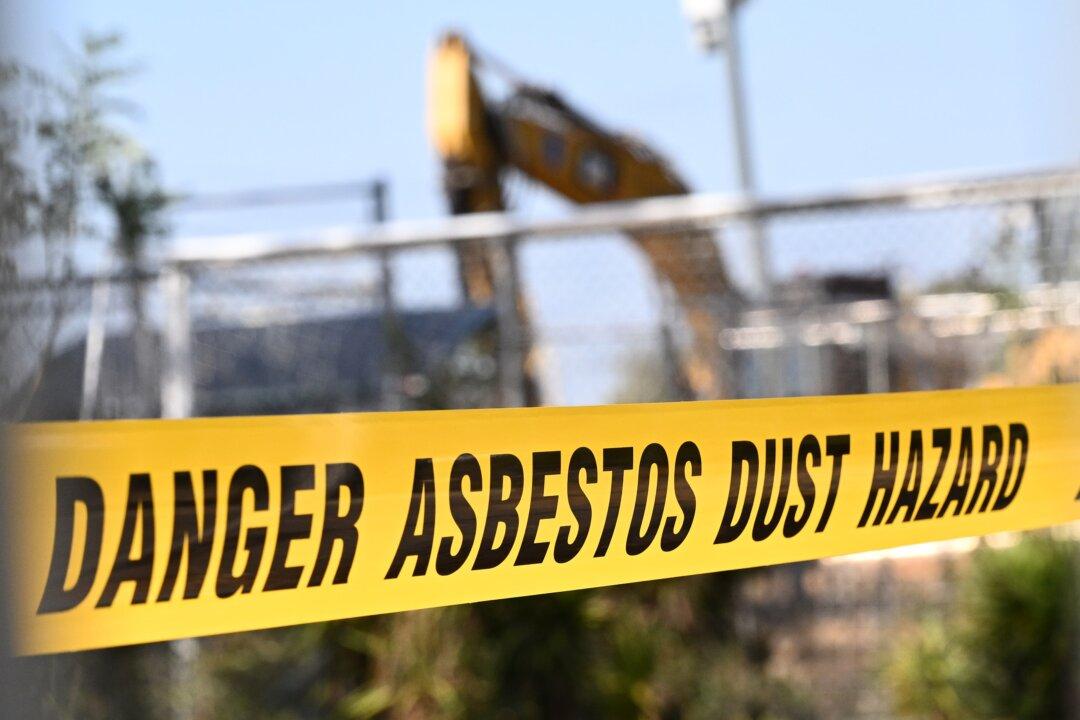The New South Wales (NSW) Environment Protection Agency (EPA) has launched a suite of prosecutions against three companies and one individual after mulch containing asbestos was found at 79 locations across Sydney.
An investigation was launched after bonded asbestos was discovered in mulch at Rozelle Parklands—a multi-purpose open space in Sydney’s Inner West favourited by picnickers and cyclists.
The EPA then set out to investigate 300 locations that could have been affected by asbestos-laden mulch.
It is believed some of the sites including parks, schools, and hospitals.
Following what was the EPA’s biggest investigation to date, 102 charges have been laid by the group against VE Resource Recovery Pty Ltd, with one single charge being placed against billionaire Arnold Vitocco in his capacity as company director.
Vitocco also owns chocolate chain Max Brenner.
Greenlife Resources Recovery Facility (namely Freescale Trading Pty Ltd) and Runkcorp Pty Ltd were both handed 50 charges each.
Affected mulched has since been cleaned up from the affected locations.
The charges placed by the EPA relate to 26 sites and will be heard in the Land and Environment Court.
The EPA will allege that VE Resources Recovery Pty Ltd failed to carry out resource recovery activities competently.
An allegation will also be made of a “licence breach offence” against Vitocco as its director.
The EPA has also alleged that Freescale Trading Pty Ltd and Runkorp Pty Ltd had conducted resource recovery and waste storage without the required licence from the EPA.
Both Greenlife companies have allegedly breached a Resource Recovery Order, and are accused of reusing asbestos waste.
Greenlife Responds to Claims
Greenlife Resource Recovery Facility lists itself as supplying “quality landscaping materials made from recycle and organic materials.”In a statement released on Dec. 24, the company said it maintained its innocence and would strongly defend the allegations against them.
“The media has been informed of the details before the company has been served with the file documents,” the company said.
“GRRF maintains that no asbestos contamination has been discovered by the EPA now, or during any previous testing at the Bringelly site.”
The company said it does not take demolition waste, and had strict protocols to ensure products are not contaminated before they leave their facility.
“The supply chain is complex and there are several ways asbestos can contaminate materials. One scenario involves delivering clean materials to a remediated site, where they are mixed with the existing materials onsite.”
Asbestos Widespread
Though its use was phased out from the 1980s, asbestos was only banned in Australia in 2003.While in use, the natural carcinogen, a type of fibrous silicate mineral, was utilised in more than 3,000 products from construction materials to cars.
Many homes and buildings built or renovated prior to 1990 likely contain asbestos, according to the New South Wales government.
Australia had one of the highest rates of asbestos use per person in the world until the 1980s and there is no known safe exposure amount.
It has been estimated that 4–12 percent of lung cancers can be attributed to asbestos exposure.
Damage occurs when asbestos fibres enter the lungs, but not everyone who is exposed to asbestos becomes sick.







